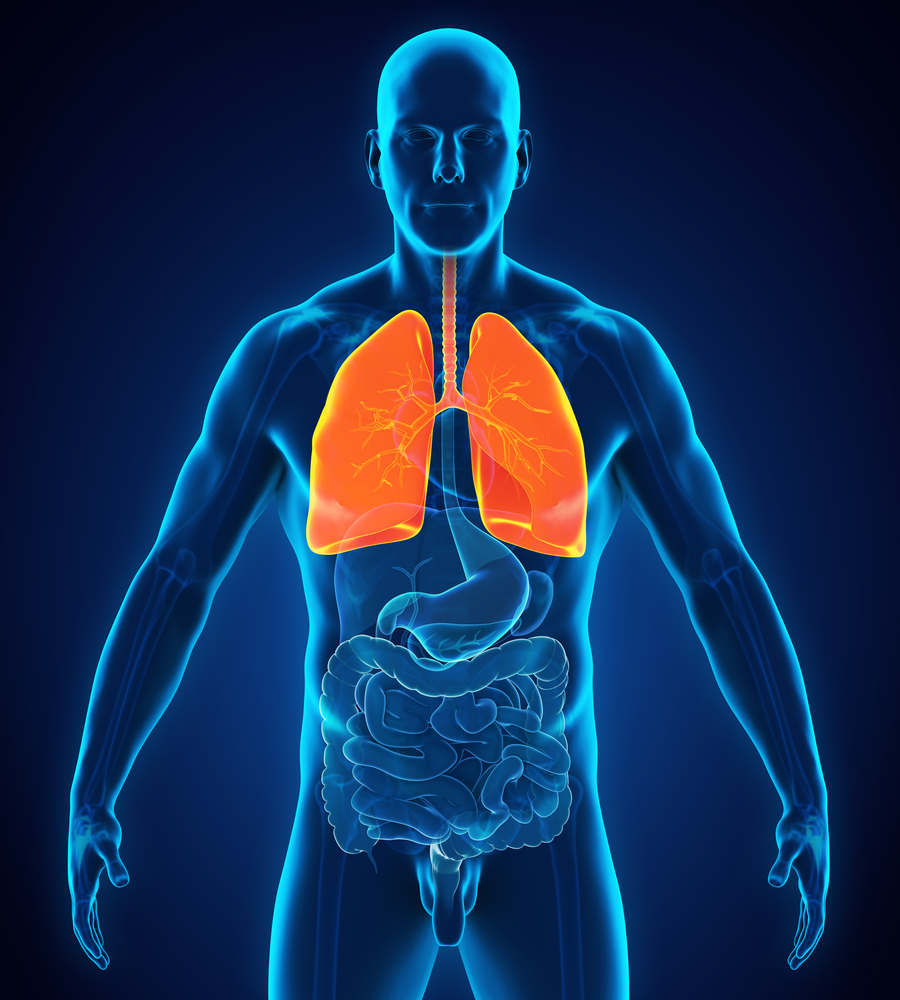Bronchiolar disease

Bronchiolar abnormalities can arise in a range of clinical contexts and are very frequent. The characterization of several histopathologic forms of bronchiolar damage has resulted in a complicated nomenclature with overlapping and redundant words. When it comes to aetiology or pathogenesis, some histopathologic characteristics of bronchiolar illness may be rather particular to a given clinical setting. Illnesses of the large airways, such as bronchiectasis, asthma, and chronic obstructive pulmonary disease, frequently affect the bronchioles. Bronchiolar pathologic lesions are caused by the interaction of inflammatory and mesenchymal cells after bronchiole injury. Viruses, bacteria, fungi, cigarette smoke, toxic inhalants, inorganic dust, allergens, and systemic or localized autoimmune or inflammatory processes are examples of offending agents. Bronchiolar pathologic lesions can also occur as a result of allograft transplantation, pathology of the large airways, or an undiagnosed disorder.
Numerous interstitial lung diseases, such as hypersensitivity pneumonitis, respiratory bronchiolitis-associated interstitial lung disease, cryptogenic organising pneumonia (idiopathic bronchiolitis obliterans organising pneumonia), and pulmonary Langerhans' cell histiocytosis, may exhibit prominent bronchiolar involvement.
The best way to diagnose the clinical significance of a bronchiolar lesion is to determine the fundamental histopathologic pattern and evaluate the pertinent clinical-physiologic-radiologic context.
Causes and risks:
The tiniest airways in your lungs, called bronchioles, become infected by a virus, which leads to bronchiolitis. The bronchioles enlarge and become inflamed as a result of the inflammation. These airways get clogged with mucus, making it challenging for air to easily enter and exit the lungs.
The majority of cases of bronchiolitis are caused by the respiratory syncytial virus (RSV). By the age of two, the RSV virus is almost always contracted by children. RSV outbreaks happen every year, and since a prior infection does not seem to provide long-lasting protection, a person may become infected again. Other viruses, like those that induce the flu or the common cold, can also cause bronchiolitis.
Moreover, the viruses that cause bronchiolitis are easily spread. When an infected person coughs, sneezes, or speaks, airborne droplets are released, making you susceptible to infection. They can also be acquired by touching items that have been shared, including towels, cutlery, or toys, and then contacting your eyes, nose, or mouth.
Typically, children under the age of two suffer from bronchiolitis. Because their lungs and immune systems haven't fully matured, infants under 3 months of age are most at risk of developing bronchiolitis.
Other elements associated with a higher incidence of baby bronchiolitis and more severe cases include:
- Premature birth
- Underlying lung or heart disease
- Low immunological response
- Smoking tobacco and exposure
- Never receiving breast milk as breastfed infants benefit from their mothers' immune system
Complications:
Severe Bronchiolitis complications might involve:
- Blue lips or skin (Cyanosis) due to a shortage of oxygen
- Breathing pauses (Apnea), are more common in preterm infants and infants under the age of two
- Dehydration
- Respiratory failure and inadequate oxygen levels
Your child might need to go to the hospital if these things happen. To assist a kid with severe respiratory failure to breathe until the illness has run its course, a tube may need to be put into the windpipe (trachea).
Keep a cautious eye out for the early stages of bronchiolitis if your infant was born preterm, has a heart or lung disease, or has a weakened immune system. The infection may become serious very fast. Your youngster will typically require hospitalization in such circumstances.
Symptoms:
The early stages of bronchiolitis are characterized by symptoms that are similar to those of a cold, such as runny or stuffy noses, coughing, mild fever, etc. Several symptoms have been observed, including wheezing or breathing problems that might last for a week or more.
Additionally, many newborns suffer ear infections (Otitis Media).
Call your child's pediatrician if you are having trouble getting your child to eat or drink, or if their breathing becomes laborious or even faster. This is particularly crucial if your child is under 12 weeks old or has additional bronchiolitis risk factors, such as preterm delivery or a heart or lung problem.
Prevention:
One of the best methods to avoid bronchiolitis is to wash your hands often, especially before handling your infant when you have a cold or another respiratory infection. That's because the viruses that lead to bronchiolitis move from person to person. At this time, a face mask is acceptable.
To prevent the sickness from spreading to others, keep your kid at home while they are suffering from bronchiolitis.
Other simple measures to prevent infection include limiting contact with those who are sick, surface cleaning and disinfecting, covering sneezes and coughs, using your cup, washing your hands frequently, and breastfeeding. Babies that are breastfed have much lower rates of respiratory illnesses.
Treatment:
Because there is no cure for bronchiolitis, treatment focuses on relieving symptoms until the infection settles. At-home treatment typically consists of making sure the child drinks enough fluids and using saline nose drops (or bulb suctioning for infants) to keep the nose clear.
Conclusion:
Bronchiolitis is distinguished histologically by intense inflammation of the small bronchioles, which is accompanied by epithelial necrosis and sloughing. Acute bronchiolitis is uncommon in adults, but it has been linked to infections and inhalational injuries.


